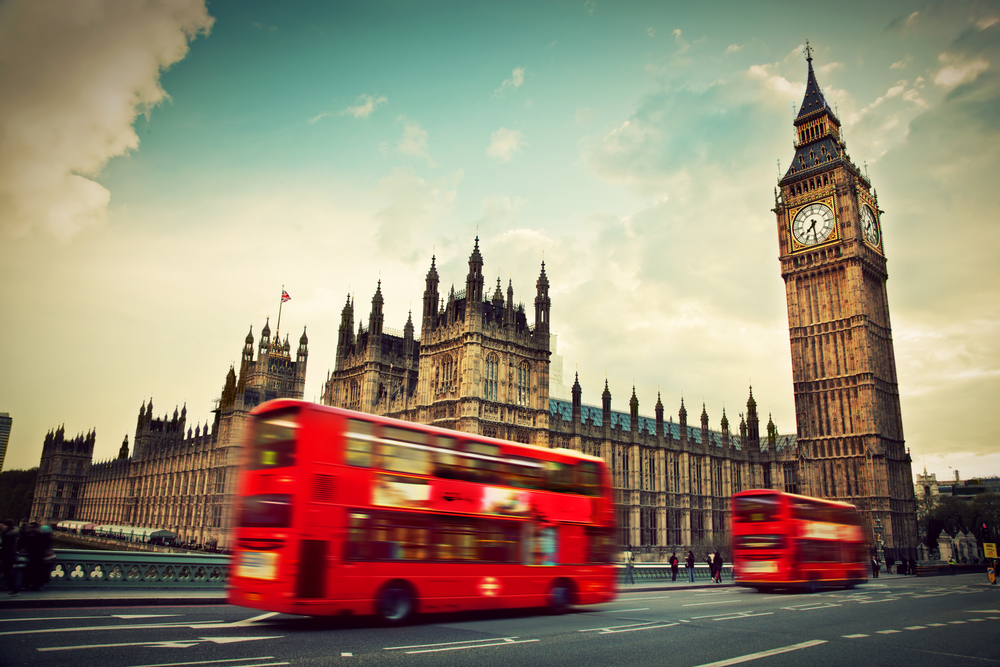While house prices remained flat in September for most of the country, in London they continue to rise, new figures how. Data from the Office for National Statistics revealed that annual house prices edged up 0.2% to £218,000 from August to September – £16,000 higher than in September 2015. On annual basis average house prices […]
 While house prices remained flat in September for most of the country, in London they continue to rise, new figures how.
While house prices remained flat in September for most of the country, in London they continue to rise, new figures how.
Data from the Office for National Statistics revealed that annual house prices edged up 0.2% to £218,000 from August to September – £16,000 higher than in September 2015.
On annual basis average house prices in the UK have increased by 7.7%, down from 8.0% in July and 9.3% in June.
The main contribution to the increase in UK house prices came from England, where house prices increased by 8.3% over the year to £234,000. Wales saw house prices increase by 4.4% over the last 12 months to £146,000.
In Scotland, the average price increased by 3.4% over the year to £143,000. The average price in Northern Ireland increased by 5.4% to £124,000.
London recorded the highest monthly growth, up 1.4%. Prices rose 0.7% in the East Midlands and the East of England.
The North East, the South East and Yorkshire and The Humber all saw prices fall in September.
Jeremy Leaf, north London estate agent and a former RICS residential chairman, said: “These figures are interesting because they are the most comprehensive snapshot of house price activity we have but of course they are a little historic.
“They do bear out what we have seen in other reports as well as on the ground which is that property prices are being supported by a lack of stock and are rising faster out of London than in the capital. Certainly we might have expected a worse result given the level of uncertainty around Brexit but the numbers show that buyers and sellers are reaching agreements and getting on with it.”
Nick Davies, head of sesidential development at Stirling Ackroyd, said: “The majority of the growth in London’s house prices is coming from the more affordable parts of East London and the outer boroughs. In Gavin Barwell, the Housing Minister’s constituency, house prices have jumped 17% year-on-year – equivalent to £53,164 – this is almost double the average Londoners salary, highlighting the challenge he faces.
“As these boroughs are usually areas chosen by first time buyers, they’ve seen some of the steepest increases, rising 11% year-on-year in London. This means that most first time buyers in London fall into the 5% stamp duty band – a clear failing of a Government supposed to support homeownership. The Government should consider scrapping stamp duty or raising the tax bands, if they want to help Londoners achieve homeownership.”














